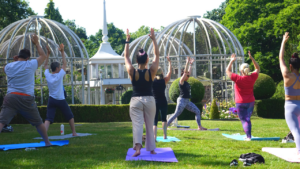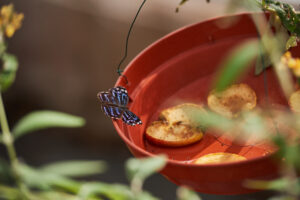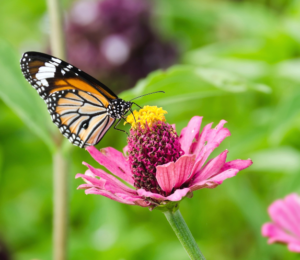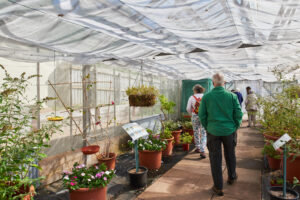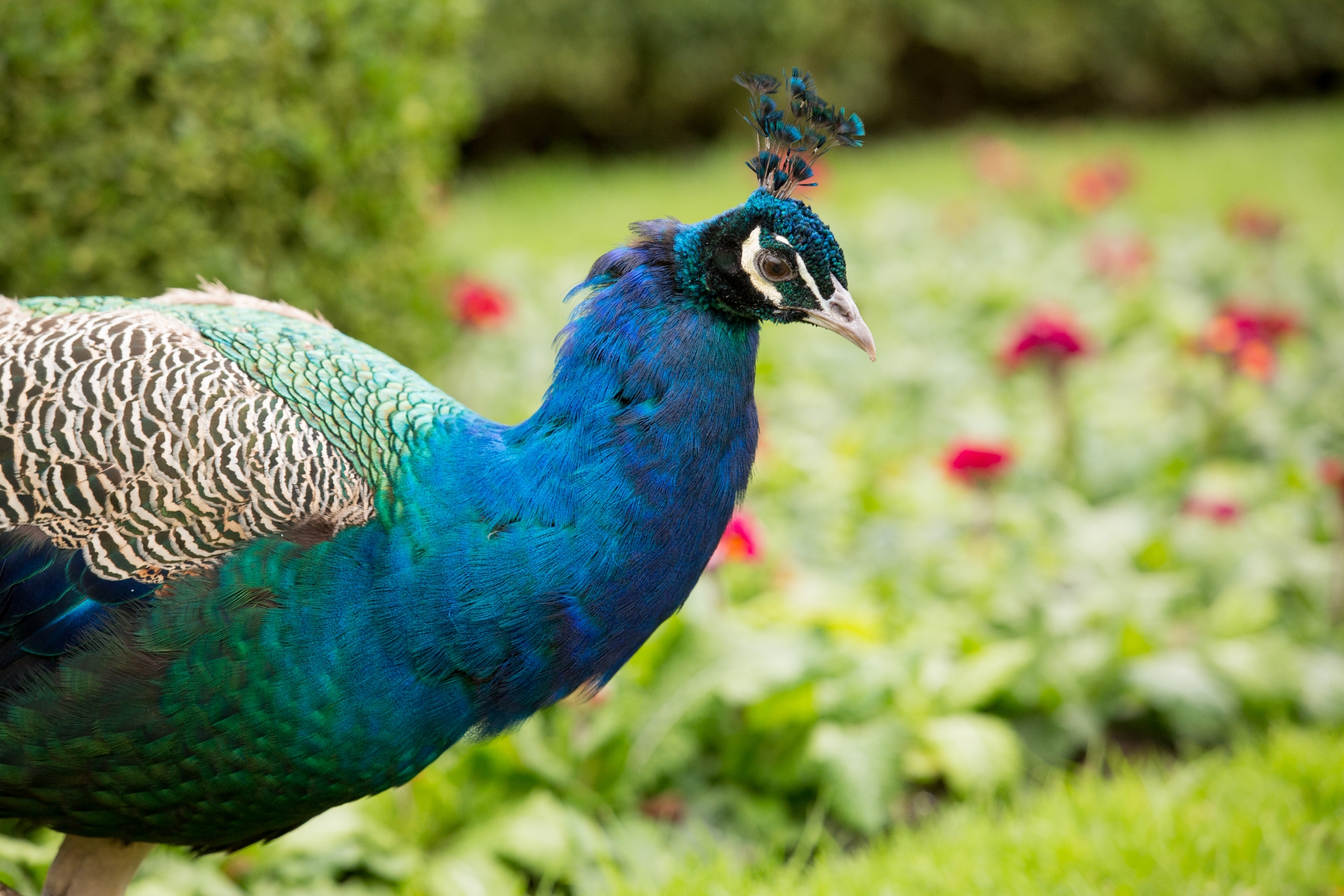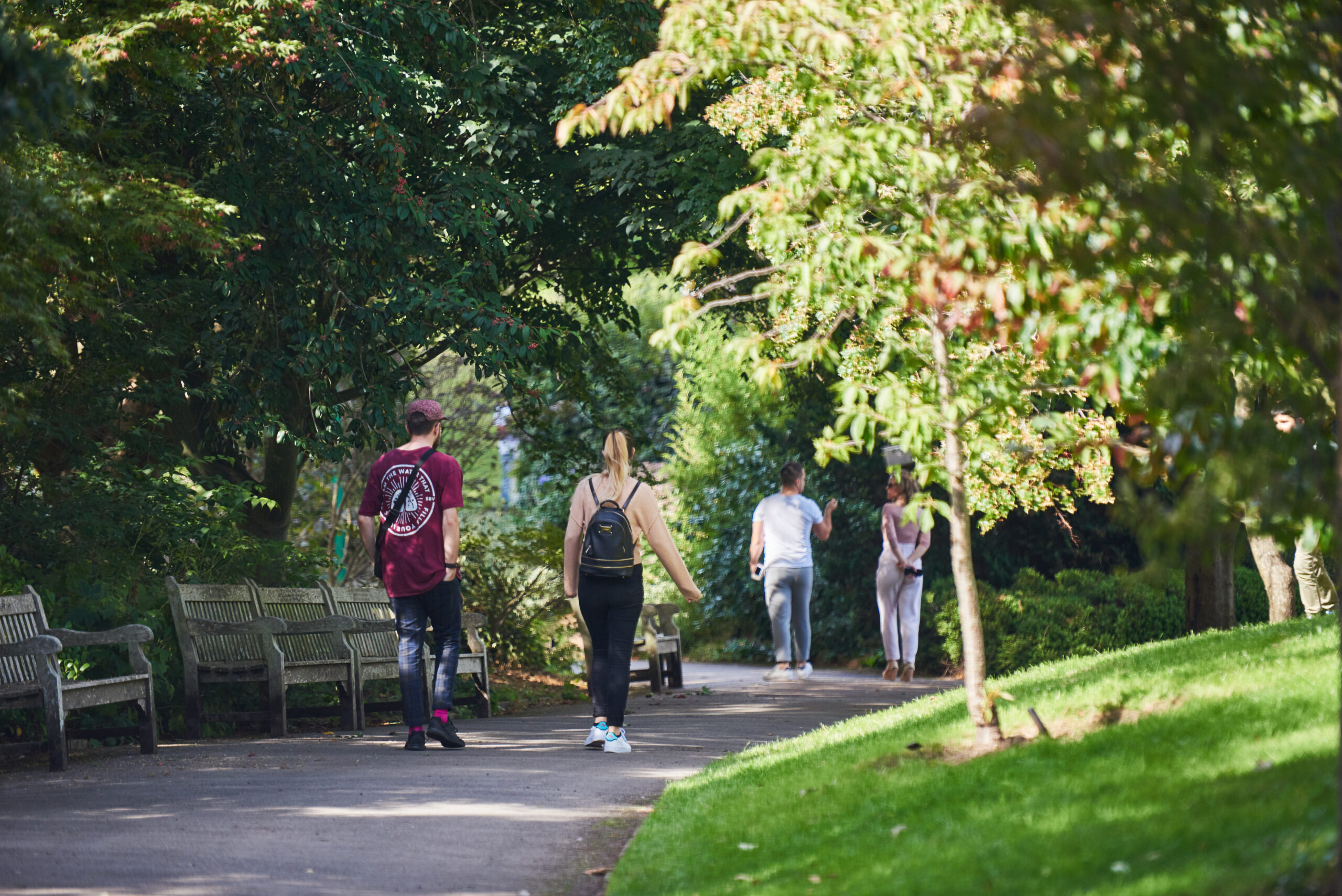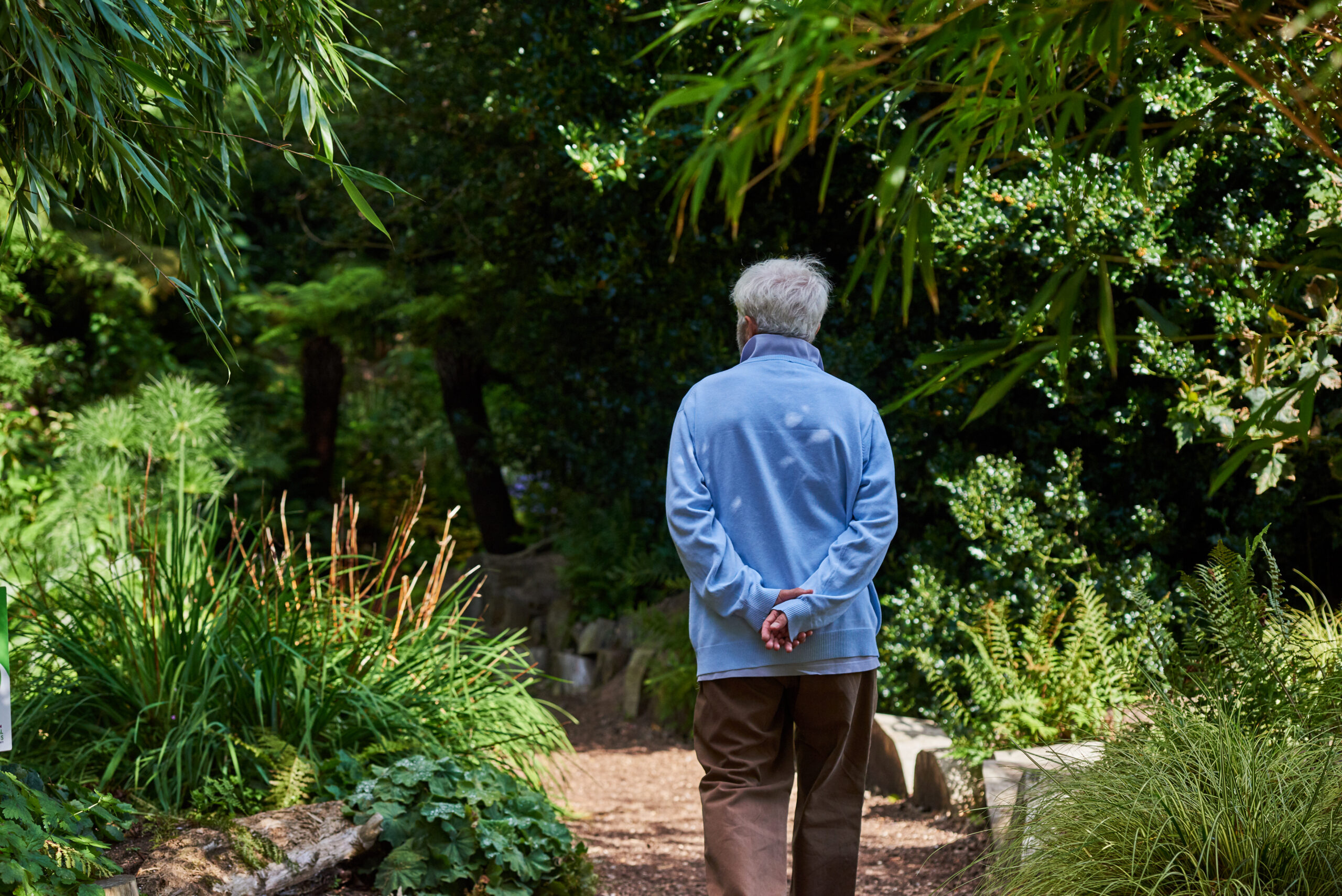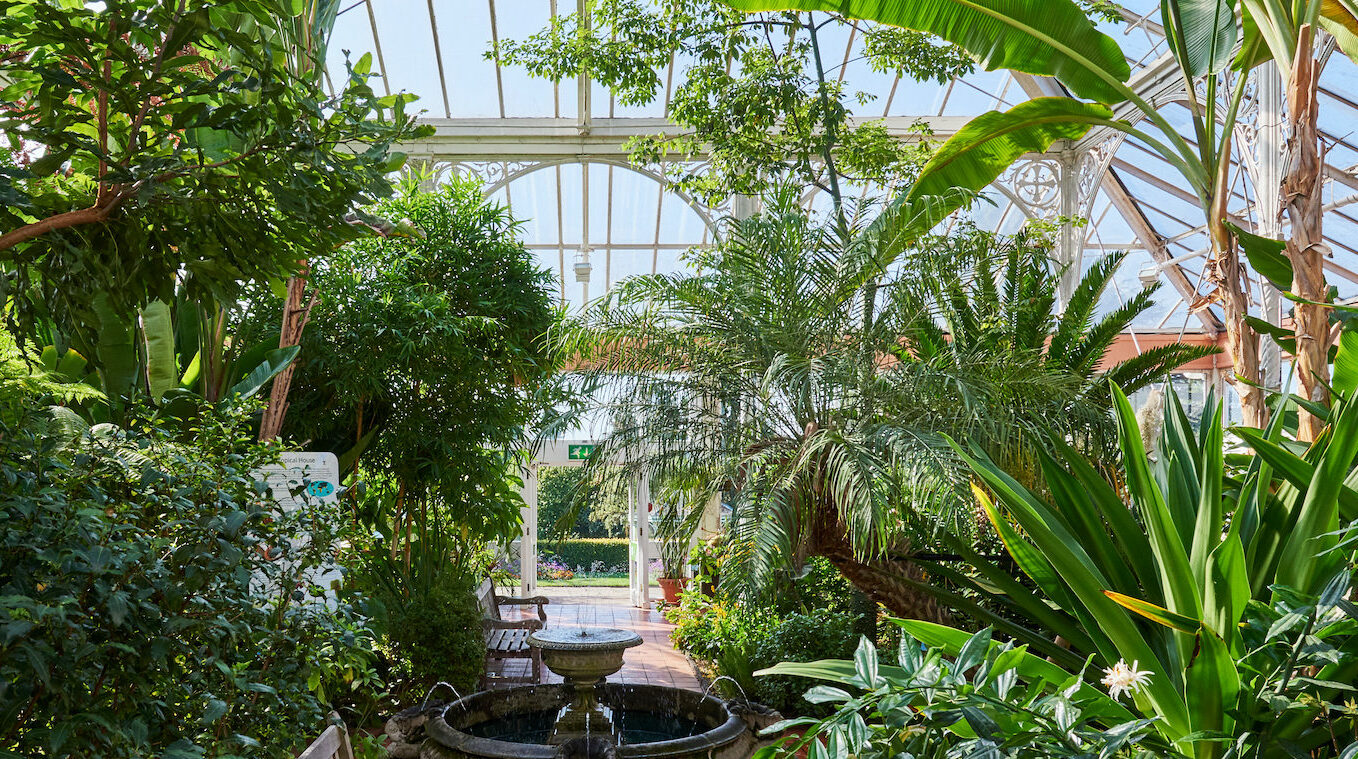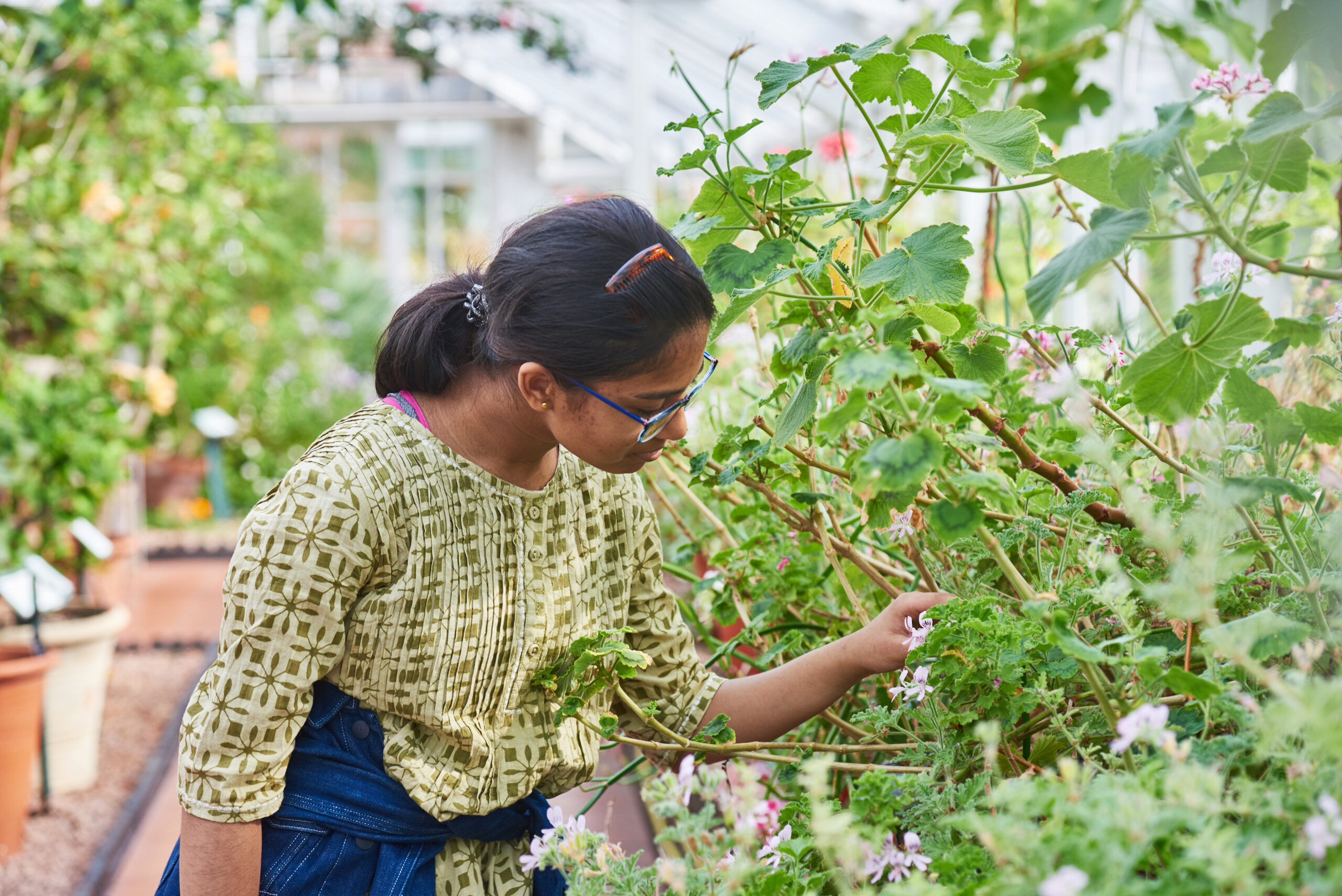Spring is in full swing and May is peeping over the horizon.
At this time of year, the Gardens is buzzing with life and we are thrilled about the exciting events we have coming up for you – a tour of our magical Rock Garden, a vivacious Swingamajig music festival and a bonsai show!
Late spring is also an ideal time to come down to the Gardens to discover our nominated plants of the month.
Whether you are an avid plant enthusiast or love seeking out treasures with the kids and family, we challenge you to find our eight plants of May!
First up is ceanothus, a Californian shrub with long, arching branches which can reach heights of six to eight feet.

First planted in 1971, our ceanothus, like others of its kind, relishes sunshine and the dry, hot conditions this weather provides.
The plant is easily identifiable through its vibrant, cobalt blue flowers which evolve from small burgundy buds in early spring.
Against such honey-scented blue bloom, the ceanothus’ small leaves almost appear black despite being dark green and deeply veined.
To find our ceanothus, head to the ramp near the pavilion.
Native to Europe and Caucasus, fagus sylvatica is one of the oldest trees living at the Gardens.
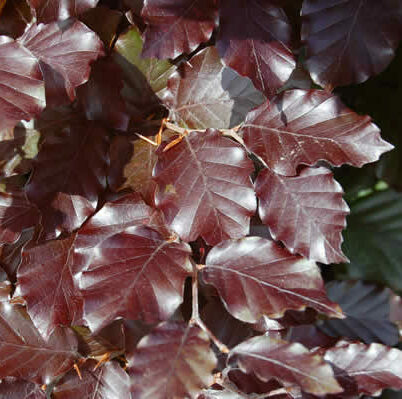
Unique in more ways than one, our specimen has atypically divided branches which curve and twist in a beguiling fashion.
The tree is particularly something to behold when sunlight hits its leaves, creating the effect of tiny stained glass windows.
Situated near the aviary, the fagus sylvatica is located within the sun trap of the main lawn – a communal part of the Gardens covered by springy grass and adorned with ornate trees.
Whilst you’re scouting for our archaic copper beech, you can also keep an eye out for our koelreuteria paniculata, a mesmerising tree decorated in pinky orange leaves.
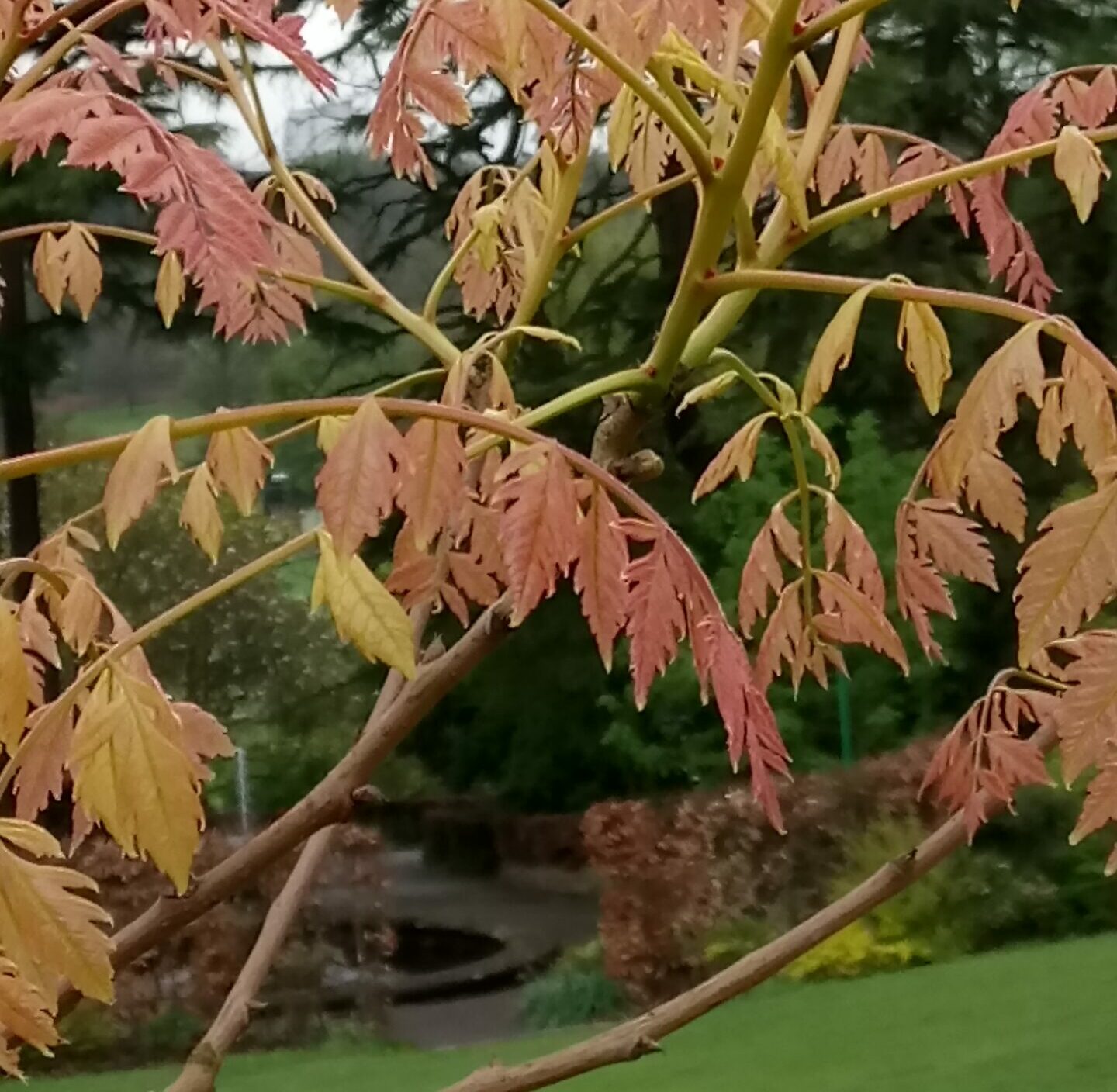
Deriving from China and Korea, this deciduous tree is capable of reaching 30 feet in height and spread.
Although young, our golden rain tree still presents a gorgeous cluster of yellow foliage when in bloom and leaves which turn from viridescence to the shade of butter in autumn.
To spot our koelreuteria paniculata, head to the main lawn, behind the box hedge.
Aptly nick-named pink cloud for its trailing plume of yellow-throated pink flowers, kolkwitzia amabilis originated in China’s mountainous regions.
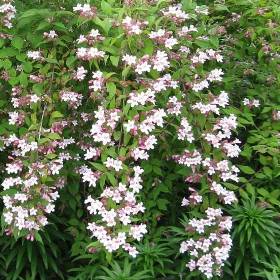
A deciduous, suckering shrub, pink cloud is a member of the honeysuckle family.
Located on the edge of the Jurassic Park-esque Fern Walk and inside the Rock Garden, our kolkwitzia amabilis can be viewed on Wilson Walk.
Named after Ernest Wilson, this area of the garden contains a selection of the plants which Wilson discovered after travelling through the mountain provinces of China.
An enchanting section of the gardens which will not disappoint.
Fifth on this spot list is puya chilensis, a big, spiky relative of the pineapple who comes from the arid hillsides of the Andean mountains in western South America.
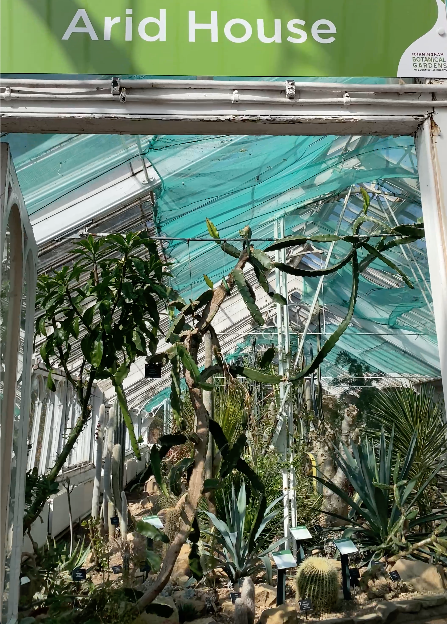
Laden with brightly coloured, tubular flowers and a stalk that can surge to 4 metres in height in late spring, puya chilensis displays shades of yellow, green and even turquoise.
However, unknown to many, this plant harbours a dark secret hidden beneath its vibrant exterior.
In order to fertilise itself in the wild, puya chilensis will ensnare naive animals with its cunningly serrated leaves, gradually starving them to death.
Once the victim has perished, its decaying carcass acts as a fertiliser for the plant – cruel but cool!
Fear not though, this plant will not be after onlookers in its Arid House home – a glasshouse ideal for carnivorous specimens which thrive in dry conditions with minimal rainfall.
Dare to find this crafty creature-killer?
Due to its growth in low-nutrient soils, sarracenia is a carnivorous plant – it actually consumes animals to obtain its nutrition.
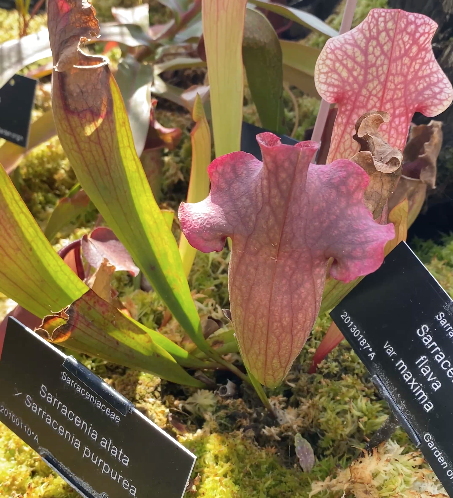
Attracting insects with its smell, colour and nectar, this plant entices the oblivious critters onto its leafy traps.
Modified into the shape of a vertical cone, the leaves have an opening encircled by a waxy lip which causes insects to slip and fall into the cone below.
Inward hairs prevent the victim from escaping as the plant’s enzymes begin to break down its dinner. Yum.
Notable for its strange, umbrella-like flowers, this devilish predator can be found in our Subtropical House – the largest glass house in the Gardens.
Inside, pitcher plants aren’t the only carnivores you can find – a whole exhibition of butterworts, sundews, venus flytraps and bladderworts await you!
Dispersed in great numbers across the captivating forest floors of North America you will find a magnificent wide-leaved plant with pink-throated white flowers.
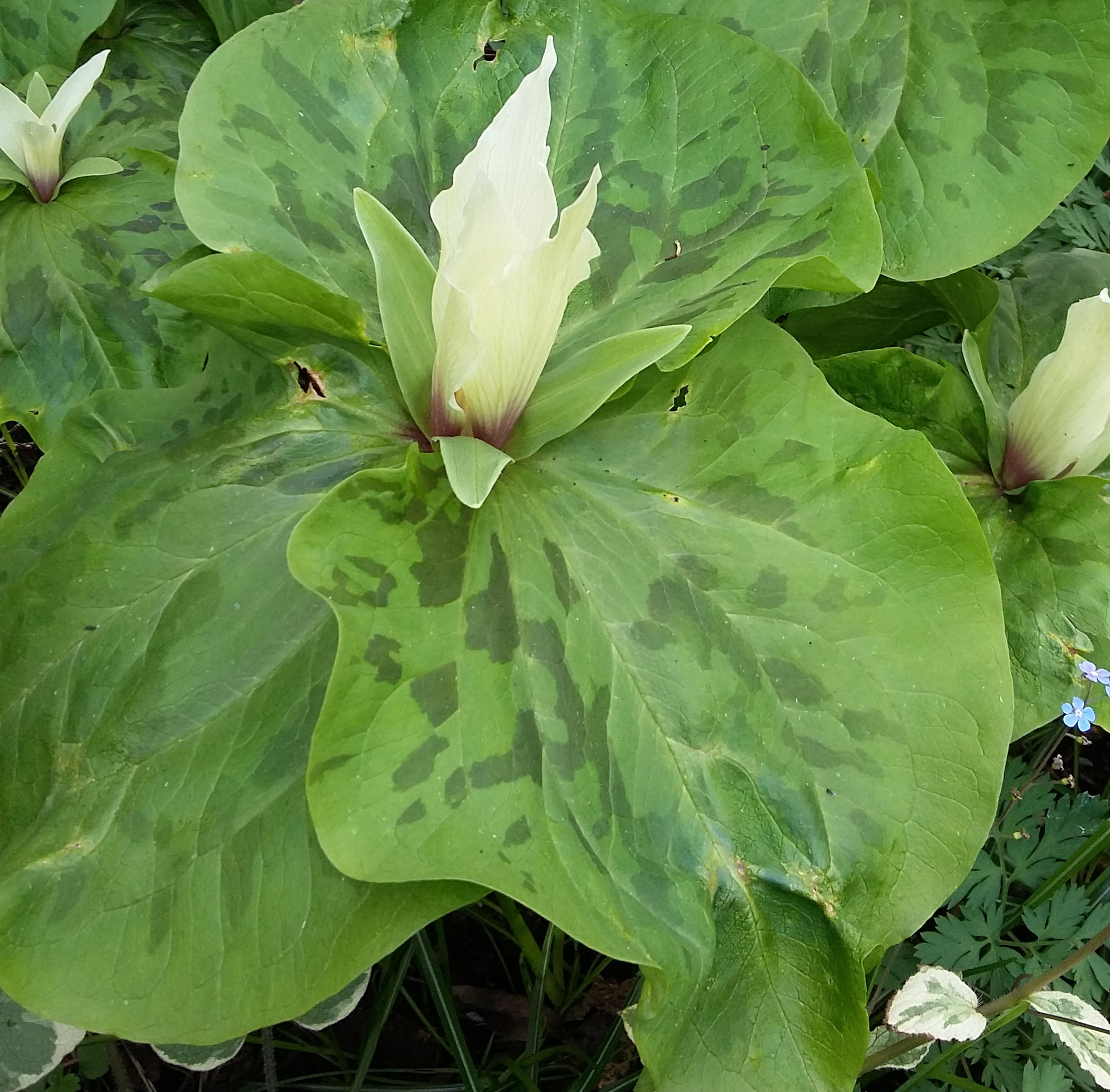
The specimen in question is trillium albidum, a number of which reside in our Gardens.
They don’t hang about long though with their dappled leaves and flowers appearing in April and May.
Hanging out in our mystical Rock Garden, our trillium albidum are surrounded by an array of luscious aquatic plants such as water lilies, water hawthorn, greater spearwort, yellow arum and royal fern.
Enter this exquisite space and quest to find this magical plant.
Last but by no means least, our final plant of May is wisteria sinensis which has lived in the Gardens for many years.

This species is one of three which are grown at Birmingham Botanical gardens; wisteria sinensis originates in the Chinese provinces of Guangxi, Guizhou, Hebei, Henan, Hubei, Shaanxi, and Yunnan.
Capable of growing 20 – 30ft in one season alone, this climber craves light and will crawl up trees in the wild to reach the top of the canopy.
Care to see our wisteria sinensis? Venture over to our Terrace and Alpine Yard.
So there you have it – our 8 plants of May. Now’s your chance to see how many of these you can find!




